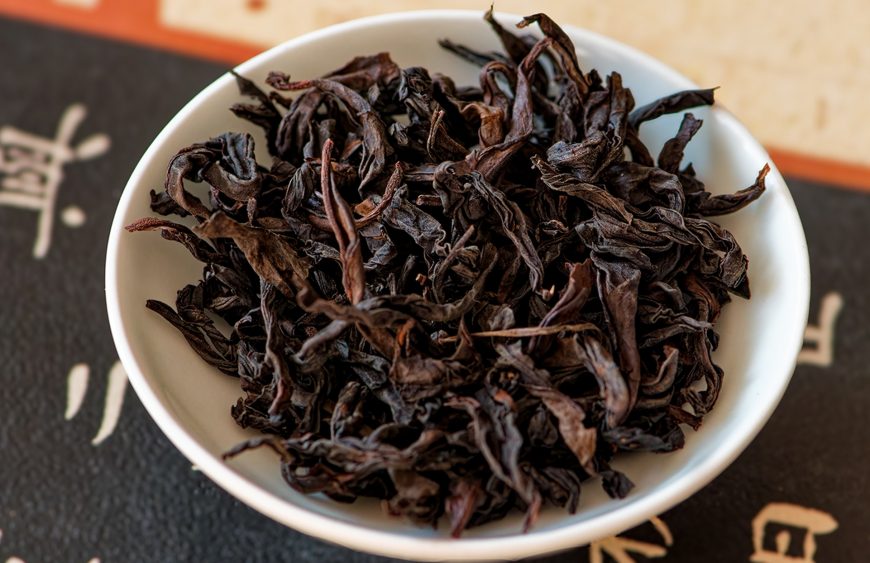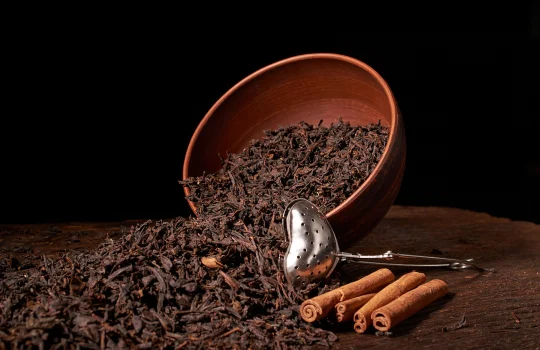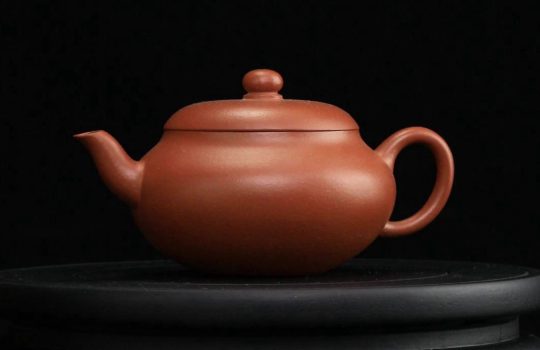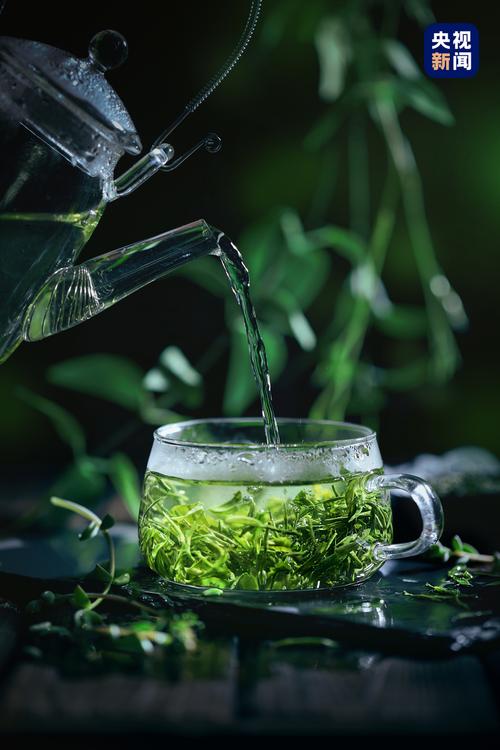Wuyi Cassia (organic oolong tea) has effects such as eliminating phlegm, relieving asthma, and delaying aging

Wuyi Cassia Origin: Wuyi Mountain, Fujian Province.
Quality characteristics: Dry tea is evenly curled, brownish-green in color, oily and shiny.
Tea color: Clear orange-yellow.
Aroma: Features creamy, floral, fruity, and cinnamon-like aromas.
Taste: Rich and mellow with a lingering sweetness, smooth and refreshing, leaving a fragrant aftertaste on the palate.
Leaf base: Uniform and bright, with a pale green base and red edges.
Overview of Wuyi Cassia Tea
“The cassia from Panlongyan… is extremely valuable.” Cassia refers to Wuyi Cassia, which is commonly called “cassia” due to its aroma and taste resembling cinnamon. Wuyi Cassia is produced in the Wuyi Mountain tea region, which is blessed with natural beauty, resulting in tender leaves rich in chlorophyll. The tea buds begin to sprout in mid-April each year, and harvesting begins in mid-May. Wuyi Cassia is of superior quality with a unique aroma, making it a rare high-aroma variety among oolong teas. In recent years, it has become the primary variety of Wuyi tea.
Tasting Experience of Wuyi Cassia
The dry tea has a sweet aroma. When brewed, the tea soup emits the distinctive creamy and cinnamon-like aroma of cassia. It has a rich and smooth taste with a lingering sweetness, leaving a fragrant aftertaste on the palate.
Identifying Wuyi Cassia
The dry tea of Wuyi Cassia has a brown-green color, is oily and lustrous, and when brewed, it has a creamy, floral, and cinnamon-like aroma. It has a rich and sweet aftertaste, and even after six or seven infusions, it still retains the “rock韵” cinnamon aroma.
Storage of Wuyi Cassia
Dry before storage: All tea leaves are susceptible to moisture. High moisture content in tea leaves can release heat through oxidation, increasing their temperature and accelerating chemical reactions, leading to deterioration in quality and increased susceptibility to mold. Therefore, Wuyi Cassia must be dried before storage to slow down the aging process.
Low-temperature storage: When dry tea is stored at 0°C, its aroma is most intense; at 5°C, the aroma decreases; at 10°C, there is a faint aroma; at room temperature, only the aged aroma remains. Therefore, the optimal storage temperature for Wuyi Cassia should be maintained between 0°C and 5°C to preserve its original aroma for an extended period. Avoid storing it at room temperature or high temperatures to ensure the color and aroma of Wuyi Cassia remain unaffected. If you have a refrigerator, seal the container and store it inside; those without a refrigerator should store it in a well-ventilated area.
The benefits of Wuyi Cassia
Drinking a cup of Wuyi Cassia or other oolong tea daily can improve skin sensitivity symptoms and effectively prevent skin cancer. The cinnamon oil in the tea stimulates the olfactory senses, promotes gastrointestinal motility, excites the intestines, and has a mild stimulating effect on the gastric mucosa, increasing secretion and enhancing peristalsis. Therefore, Wuyi Cassia has the effect of regulating gastrointestinal function. Cassia oil has excellent anti-inflammatory and antibacterial properties. Regular consumption of Wuyi Cassia tea can help eliminate bacteria in the intestines and is useful for treating intestinal diseases, skin ulcers, and sores.
Wuyi Cassia also has the benefits of quenching thirst, improving vision and mental clarity, refreshing the mind, alleviating coughing and wheezing, and delaying aging.
The Story and Origin of Wuyi Cassia
Durng the late Qing Dynasty, there was a scholar named Jiang Heng from Jian’an County, Fujian Province. Born in a tea-producing region, he loved tea and was skilled in tea appreciation. He became a renowned figure in Wuyi after writing a biography praising Wuyi tea. One early summer, the owner of Panlong Rock invited Jiang Heng, a monk, and the owner of Mazhen Peak Rock Tea to name the tea he had made. The host brought out the tea set, selected the newly made Panlong tea, used spring water from Panlong Rock, and brewed the tea using traditional methods for the guests. Jiang Heng took the tea cup, and a natural rock fragrance filled his nose. The abbot of Huiyuan Temple also took the teacup and said, “What a fragrant tea, with a natural tea aroma.” Jiang Heng took a sip and immediately felt the sharp and lingering fragrance, leaving his mouth feeling fresh and cool. Jiang Heng said, “The quality of this tea is different from that of Wuyi tea.” The host said, “Mr. Jiang is indeed discerning. This tea is bred from a rare variety of Panlong Rock tea, and it is indeed unique.” Jiang Heng continued, “Panlong tea has a distinct cinnamon aroma and a milky flavor, with a rich and intense fragrance.” The host respectfully said, “This tea has not yet been named. You have tasted many famous Wuyi teas; please give it a name.” The owner of Mazhenfeng Tea said, “Let’s name it Panlong Tea.” Jiang Heng said, “No, this tea should not be named after the rock formation but rather based on its quality. I think ‘Cassia’ would be more appropriate.” The owner of Panlongyan immediately said, “Good idea. Cassia is a precious medicinal herb, so naming it after Cassia would make this tea even more prestigious.”



